Cilia and Flagella
Definition – Cilia and flagella are hair like micro tubular organelles projecting from the cell surface into the extra cellular medium and are concerned with cell motility.
Location of Cilia and Flagella - Only in some specific types of cell specifically in prokaryotic plant and animal cell they are observed. Eukaryotic cells are generally lack of cilia and flagella. In case of plants cilia are rare, whereas flagella are observed in the gametes of algae, aquatic fungi, bryophytes, pteridophytes, gymnosperm.
Origin of Cilia and Flagella - Both of these are originated from the basal bodies which in turn originate from the centrioles.
Utra Structure of Cilia and Flagella - Cilium and flagellum is made up of two major parts and two sub parts. Two major parts of cilium and flagellum are shaft and basal bodies. On the other hand two minor parts are ciliary rootlets and mastigonemes.
1. Shaft - It consists of basic microtubular structure called axoneme which is embedded in ciliary matrix and surrounded by ciliary membrane.
2. Basal Bodies - this part is under lying the cell membrane from where the cilium and flagellum originated. It is also called blepharoplast. It is composed of 9 peripheral microtubular structure.
3. Ciliary Rootlets - These are specialized striated structure present in rootlets in some animals that originated from the basal body and penetrate into the deeper layer of the cytoplasm. Ciliary rootlets may serve as an anchor for the basal body. It is very common in ciliated epithelium of lower animals and are absent in ciliated epithelium of mammals and the ciliated protozoans.
4. Mastigonemes - Mastigonemes are small hair like lateral append present on the shaft of some flagella.
Types of Cilia and Flagella:
Cilia can be of two types. They are –
Kinocilia – Motile and contains microtubular structure.
Stereocilia - they are nonmotile and are lack of microtubular structure.
Types of flagella are two types –
Tinsel type - It possess lateral whip like appendages.
Whiplash type - they do not contain lateral whip like appendages.
Functions of Cilia and Flagella - Both of these are associated with mainly locomotion. Different functions are –
1. Locomotion - Cilia and flagella both help in locomotion of invertebrates.
2. Feeding - Ciliary current carry the food particles which present in external fluid medium towards their digestive system for feeding of aquatic animals.
3. Respiration of Circulation - Animals that are lack of true blood vascular system, the coelomic fluid is kept circulating by ciliary movement.
4. Transport of materials - Rapid and rhythmical beatings help in transport of material like ovum in fallopian tube for fertilization.
5. Cleansing - Cilia in some places such as epithelial lining of vertebrates sweeps out the undesirable particles by and help to prevent entry within body.
6. Sensory Function - cilia bends to the auditory and vestibular receptors by the the pressure of fluid which bathe them to elicit respective sensation.
Questions and Answers on Cilia and Flagella:
1. What is the difference between prokaryotic flagella (present in bacteria) and eukaryotic flagella?
Flagella of bacteria are made up of protein called flagellin with width of 100 to 300 angstrom. On the other, flagella of eukaryotic cells are made up of protein called tubulin with diameter of 1000 to 3000 angstrom.
From Cilia and Flagella to HOME PAGE
Recent Articles
-
Plants Development | Definition | Leaf Development | Factors Affecting
Apr 22, 25 02:31 PM
Definition of development- development is a biological process which can be defined as the process in which there is sequence of qualitative changes towards a higher or more Complex state.It consists… -
Differentiation, Dedifferentiation and Redifferentiation | Definition
Apr 21, 25 01:16 PM
Cells from the root apical meristem and shoot apical meristem the camera that differentiate , mature to perform different functions. This process by which the cells undergo different major structural… -
Explain about Growth in Plants |Definition of Growth & Differentiation
Feb 27, 25 02:07 PM
Growth is a permanent increase in length or volume of an organism that brought upon by an increase in its dimensions due to synthesis of new protoplasmic material. -
Definition of Respiratory Quotient | calculation | Application | Plant
Dec 02, 24 12:09 AM
Definition of respiration quotient- the ratio of the carbon-dioxide evolved to that of the oxygen consumed by a cell, tissue, plants or animals in a given time is called respiratory quotient. It is us… -
Amphibolic Pathway | Definition | Examples | Pentose Phosphate Pathway
Jun 06, 24 10:40 AM
Definition of amphibolic pathway- Amphibolic pathway is a biochemical pathway where anabolism and catabolism are both combined together. Examples of amphibolic pathway- there are different biochemical…



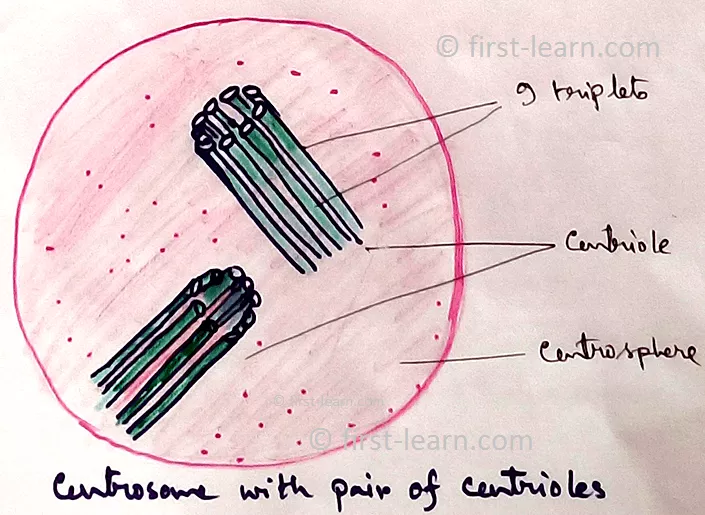

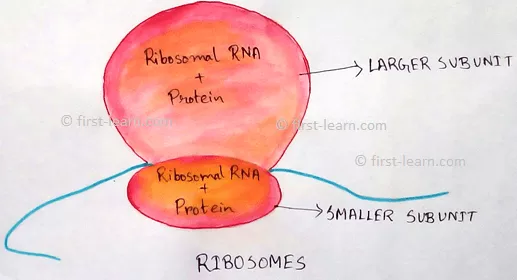

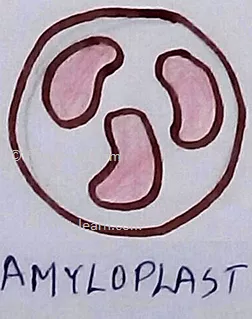


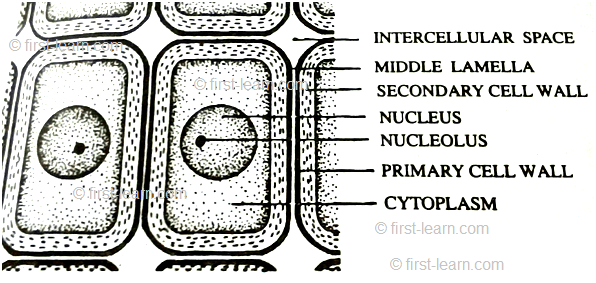
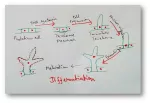
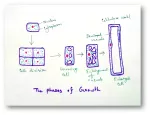

New! Comments
Have your say about what you just read! Leave me a comment in the box below.